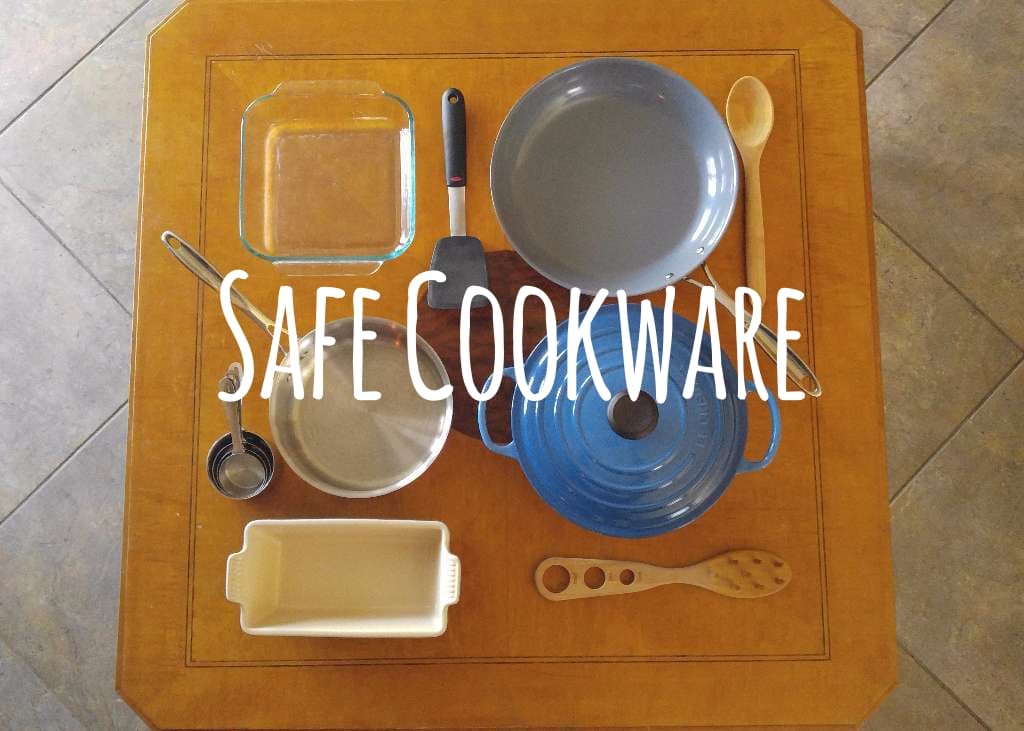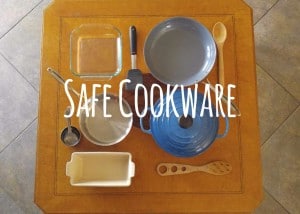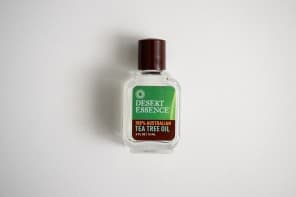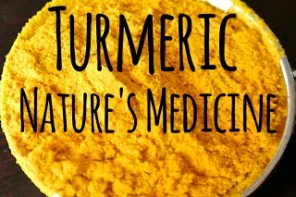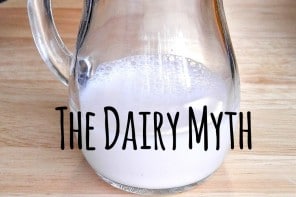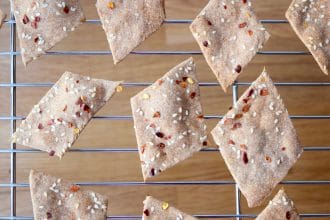When my husband and I were living in our first apartment, we were all about saving money. It was all about getting the cheapest items that were still functional and then patting ourselves on the back for being so frugal. Nonstick pots and pans were stocked neatly in our cabinets and I never hesitated to use nylon spoons and aluminum foil. Then, it all changed one night, when I was trying to roast my own bell peppers. I followed the directions, but when I took them out of the oven, I noticed that the aluminum foil had somewhat melted and burned. My first thought was, that can’t be okay to eat, can it? And so I dove into research. What I found made me concerned and very frustrated.
Many of us, as I was, are not aware of how many common kitchen items are not entirely safe, especially with typical use. We should be able to assume that the cookware we buy at the store is all totally fine for us to use and will not result in health issues. Unfortunately, that is not the case. The U.S. in particular is guilty of having many, many unsafe chemicals and substances as legal. I can go on and on about the various items in stores that are proven to be unsafe in some way, but let’s focus on cookware.
Here are some commonly used cookware and kitchen tool materials that are not the best to use and potentially unsafe:
Nonstick cookware:
I’m sure that many of us remember the big ordeal about Teflon (polytetrafluoroetheylene) and how it was releasing toxic fumes when heated and flaking off into food. Fluorine, which is the main nonstick component, is highly toxic. Using nonstick cookware with heat has been shown to cause “flu-like symptoms” in humans, is a possible carcinogen, and has been accumulating in the wild, potentially affecting wildlife (fumes have killed household pet birds). There are different chemically based nonstick coatings, especially since Teflon was phased out by 2012 (although I guarantee your cookware is older than that and 90{33a567f4c07c8c413e7e9e9d9be2242a7b8a132d09d89d1c03680e3e8f95cc61} of nonstick was Teflon anyway). Teflon has been replaced by chemicals with a similar structure, also using fluorine, that have not been studied and still contain the same toxic elements. Many experts still argue that nonstick is safe when used properly. This means that pans are not heated while empty and only used on low temperatures (well below medium on conventional burners). But, the vast majority of people still cook with nonstick using temperatures way above what is recommended on aluminum pans, which heat very quickly. Plus, why risk it at all? Cooking our food, using chemical altering temperatures, in a pan that was coated with a chemical can’t be good for us.
Aluminum:
In the kitchen, aluminum is primarily used in the form of aluminum foil or in metal pots and pans. It is also used in bakeware. As a soft metal, it can release small amounts of aluminum into food, especially when combined with heat and/or acidity. It’s light, cheap, and heats quickly, so it’s favored as a cookware material. It is found in both cookware and in aluminum foil. Aluminum foil is often used to cover baking sheets or grill racks for easy cleanup, but it should not be heated with food at all. In cookware, it’s most often coated with some kind of nonstick coating, because of it’s soft and leaching qualities. In general, we get our aluminum exposure from many other sources, including medicine, but cookware does contribute a fair amount. There have been recent studies connecting aluminum exposure to Alzheimer’s and neurological problems, although there is nothing conclusive as of yet.
Plastic, Melamine, and Nylon:
Now, plastics are not typically used as cookware. But they do have a large presence in the kitchen as plates, cups, bowls, utensils, and food storage containers. In our kitchen, this took the longest to phase out because they are just so common. Plastics, when exposed to acidity or high temperatures, release chemicals into the food they come into contact with. Exposure is strongly linked to health concerns like cancer, infertility, and hormone imbalances, among others. Sure, they don’t break or scratch cookware, but how much is leaching into food unless you avoid acidic foods and only eat meals cold and avoid cooking altogether?
Copper Cookware:
This is probably the more confusing choice. It’s well loved for it’s heating qualities, but there are some serious questions about it’s safety. Copper is a soft metal that will leach into food in small amounts. Yes, copper is an essential nutrient, but in very tiny amounts. Also, we only eliminate a very small amount of copper, so it has the potential to accumulate and be toxic. Most copper pots are lined with tin or nickel to prevent the copper from leaching into food, but nickel has the potential to get into food, plus if the coating is worn you run the risk of copper absorption. New copper pots made by reputable sources are most likely fine to use occasionally. But I would personally avoid it. Copper is better as a metal used on the bottom of a stainless steel pan for even heating.
Old and Questionable Cookware:
Old pots and pans have been heated over and over again. They are most likely worn down enough to leach more than they would if they were brand new. Copper pots often have tin or aluminum that can break down and allow copper and the coating to dissolve into foods. The same goes for aluminum coated with nonstick. Another danger to avoid are questionable ceramic items. Unless ceramic comes from a reputable source and is properly coated, it can contain lead, with it toxic and especially dangerous for children.
What the heck do I use?!
Good question. It took some time and research to track down alternatives that I felt comfortable cooking for my family with.
Cast Iron:
This is a time-honored choice for cookware. It’s not nonstick, but heats food exceptionally and will last forever. It does require some special care to prevent rusting as these pans need to be “seasoned”. This is basically a layer of cooked on grease that acts as a protective barrier for the metal. It does leach some iron into the food, which is believed to be beneficial. My husband’s family has high iron issues that prevent us from using it, but for those with normal iron levels, it’s a great choice.
Stainless Steel:
Poor quality stainless steel can leach very small amounts of nickel into food, so it’s important to choose high quality stainless steel cookware. It is a hard metal that can handle high heat without contributing metals or chemicals to food. Yes, food will stick like crazy, but by gradually heating oil and never adding food to a cold pan, this is avoided.
Cuisinart Tri-Ply Stainless Steel Cookware
Enameled Cast Iron and Stainless Steel:
This is probably my favorite option because of it’s versatility. Enameled cast iron can go from stovetop to oven and is so pretty that I use it to serve food as well. From reputable sources, the enamel is inert and will not contribute any chemicals or metals into cooking. But it does require some extra care to make sure that it is not scratched.
I have a pan that is stainless steel that has been coated with an inert ceramic coating that acts as a nonstick surface. We have been loving this because as a pan, it’s lighter and more sturdy than enameled cast iron.
Zwilling Spirit Ceramic Coated Pan
Stoneware:
Stoneware is similar to enameled cast iron. It’s basically ceramic that is coated with an inert coating. I love my stoneware loaf pan to bake banana breads and lentil loafs.
Glass:
I do the majority of my baking with glass casserole dishes. I also use glass food storage containers, which are great because I can heat them up without worrying. As probably the safest option, glass can handle heat and acidity during cooking and storing without leaching.
Glasslock Food Storage Containers
Wood:
Wood cooking utensils make a great alternative to nylon. They will not melt plastics into food and will last a lifetime with proper care. They are particularly nice because they will not scratch my cookware. It took some effort to find a wood replacement for my nylon spaghetti spoon, but most spoons and spatulas are widely available.
Silicone:
Silicone is also an inert material, meaning it won’t leach into foods. There is still research being done on it’s safety, but results have been promising. I have a few silicone utensils but I most often use a silicone baking mat to prevent sticking when making pastries.
Most of this cookware is more expensive, but I see it as an investment towards my family’s health as well as to saving money in the future. High quality cookware will last much longer than the cheaper alternatives, plus cooking will be easier since pricey cookware will cook like a dream. My cooking has most definitely improved with reliable, safe cookware and utensils.

